

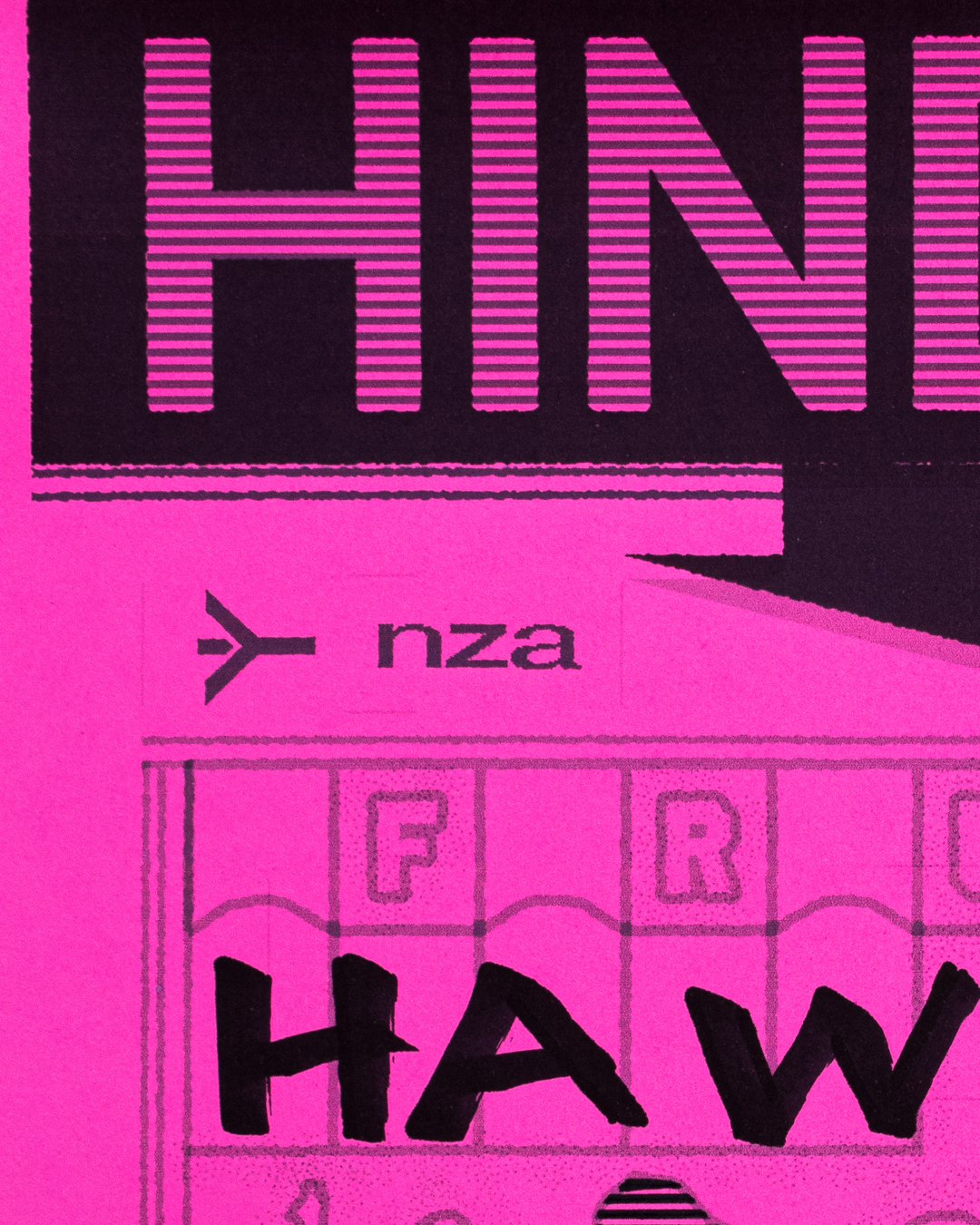










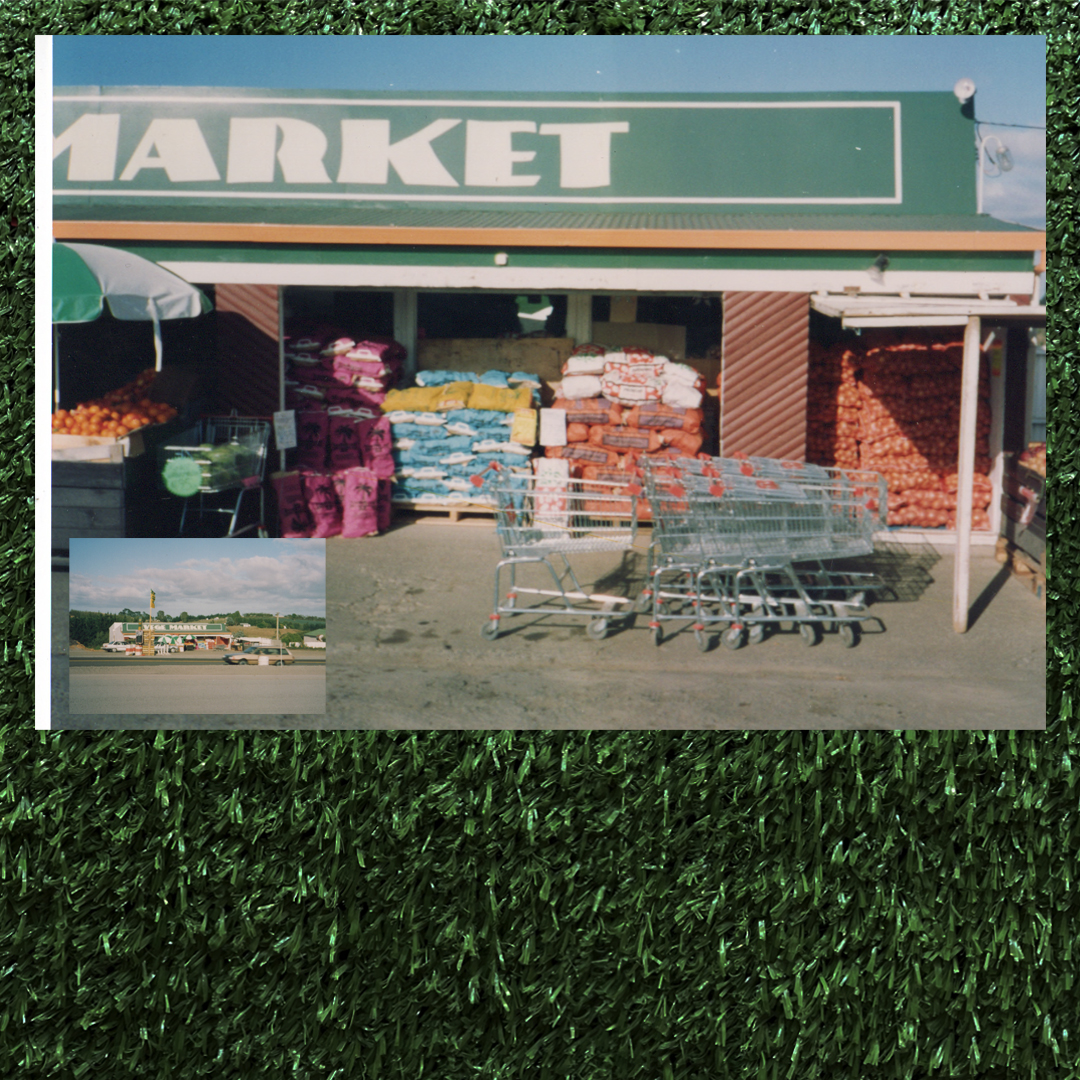
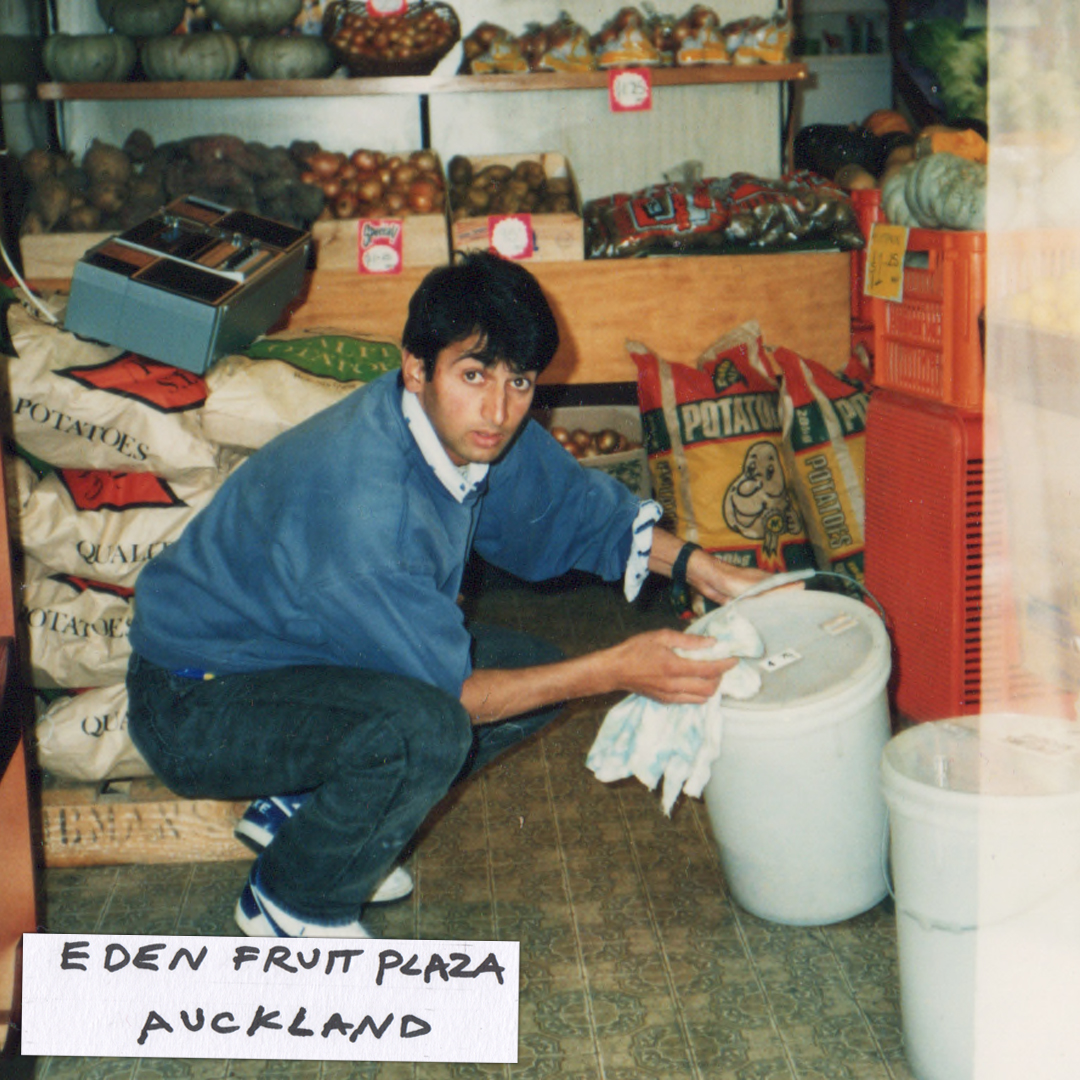





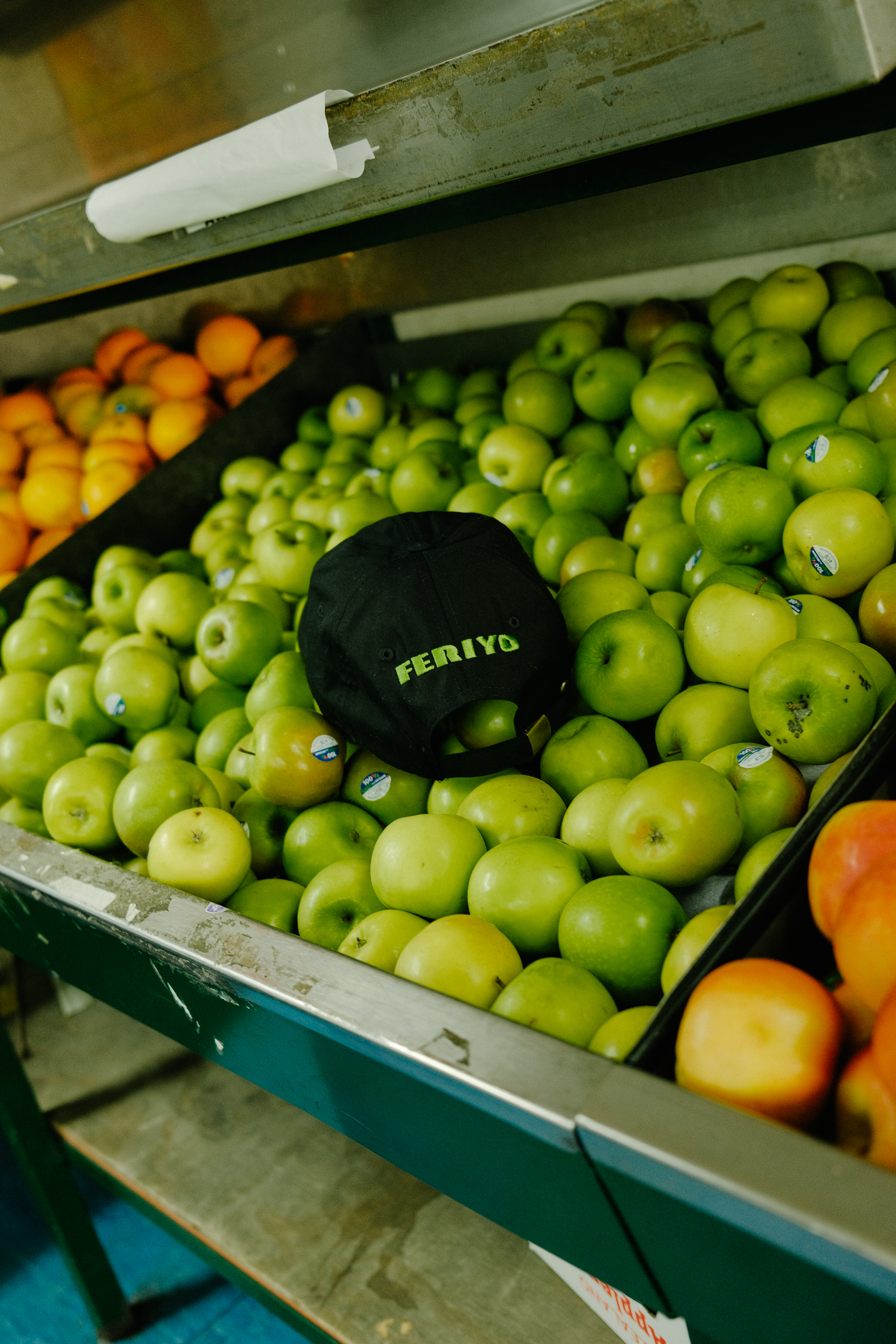
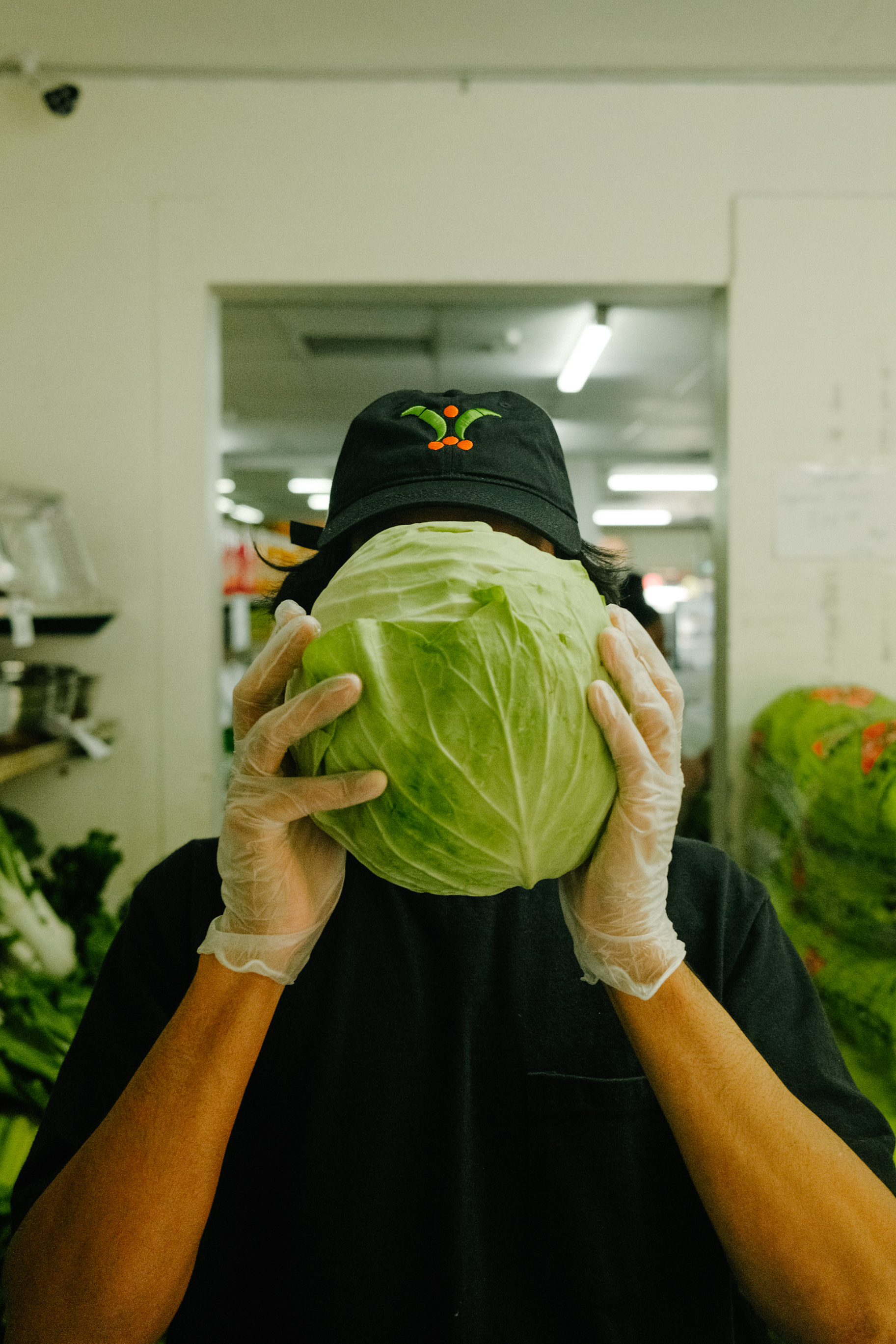

Feriyo
2023
1) Viewed and treated as third-class citizens, the first Indian settlers in New Zealand faced intense social and economic adversity.
During the 19th and early 20th century, many Indians became hawkers of fruit and vegetables. By foot or horse, they would travel place to place selling produce from carts. However, white settler colonies saw the 'Hindoo' hawkers as an economic threat and as such, racially motivated exclusionary immigration policies were introduced. Bills such as the '1896 Undesirable Hawker Prevention Bill' were put in place to exclude all Asiatic competition and restrict their movements.
2) Fruit hawking has been an integral part of the Indian story in Aotearoa - from small independent vending to large scale production distribution. This ties back to both sides of my family, having owned several fruit shops over the decade:
* Raylux fruit mart, Mt. Maunganui (1959) Raman & Laxmi Nathoo
* Chhiba Bala & Son's, Pukekohe (1950) Uka & Devi Chhiba
* Eden fruit shop, Auckland (1990) Janti & Sujata Chhiba
3) 'Fresh tastes best' is a produce retail association whose emblem was popularly displayed in fruit shops in Aotearoa from the 70s to the 90s. Their logo could be seen stickered around fruit seller stores, from produce display mirrors to the walls. I have sampled the existing logo that was prominent to my family for over 20 years to develop a new symbol. Coming from a long line of hawkers in my close and extended family, this symbol of the now defunct association, is an attempt to bridge myself to an important part of my cultural heritage.
4) Black cap with double embroidery.
During the 19th and early 20th century, many Indians became hawkers of fruit and vegetables. By foot or horse, they would travel place to place selling produce from carts. However, white settler colonies saw the 'Hindoo' hawkers as an economic threat and as such, racially motivated exclusionary immigration policies were introduced. Bills such as the '1896 Undesirable Hawker Prevention Bill' were put in place to exclude all Asiatic competition and restrict their movements.
2) Fruit hawking has been an integral part of the Indian story in Aotearoa - from small independent vending to large scale production distribution. This ties back to both sides of my family, having owned several fruit shops over the decade:
* Raylux fruit mart, Mt. Maunganui (1959) Raman & Laxmi Nathoo
* Chhiba Bala & Son's, Pukekohe (1950) Uka & Devi Chhiba
* Eden fruit shop, Auckland (1990) Janti & Sujata Chhiba
3) 'Fresh tastes best' is a produce retail association whose emblem was popularly displayed in fruit shops in Aotearoa from the 70s to the 90s. Their logo could be seen stickered around fruit seller stores, from produce display mirrors to the walls. I have sampled the existing logo that was prominent to my family for over 20 years to develop a new symbol. Coming from a long line of hawkers in my close and extended family, this symbol of the now defunct association, is an attempt to bridge myself to an important part of my cultural heritage.
4) Black cap with double embroidery.